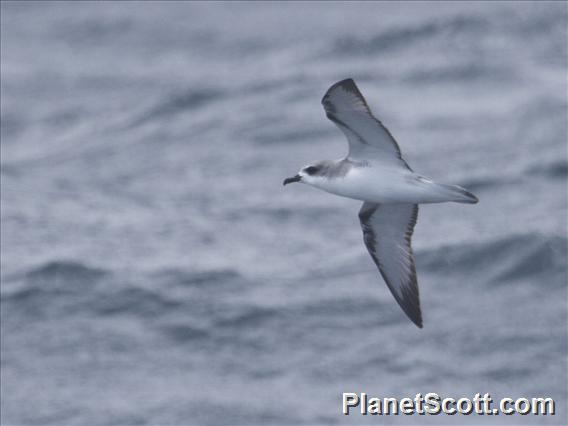Cook's Petrel (Pterodroma cookii)

Cook's Petrel (Pterodroma cookii)
×


Cook's Petrel (Pterodroma cookii)
About Cook's Petrel (Pterodroma cookii)
- Kingdom: Animals
- Phylum: Chordates
- Class: Birds
- Order: Tubenoses
- Family: Shearwaters and Petrels
Cook's petrel or tītī (Māori), blue-footed petrel, is a Procellariform seabird endemic to New Zealand. It is a member of the gadfly petrels and part of the subgenus Cookilaria Bonaparte, 1856, which includes the very similar Stejneger's petrel.
Source: Wikipedia
Lifelists
Trips
Visits
-
2012-01-03
Stewart Island, New Zealand -
2012-01-28
Whitianga, New Zealand


